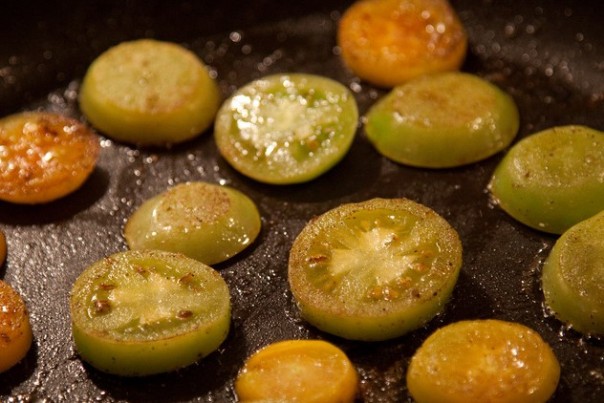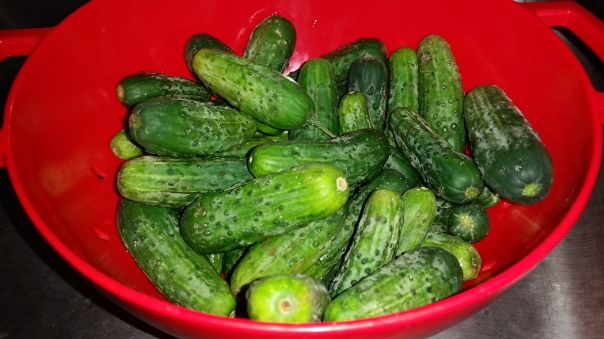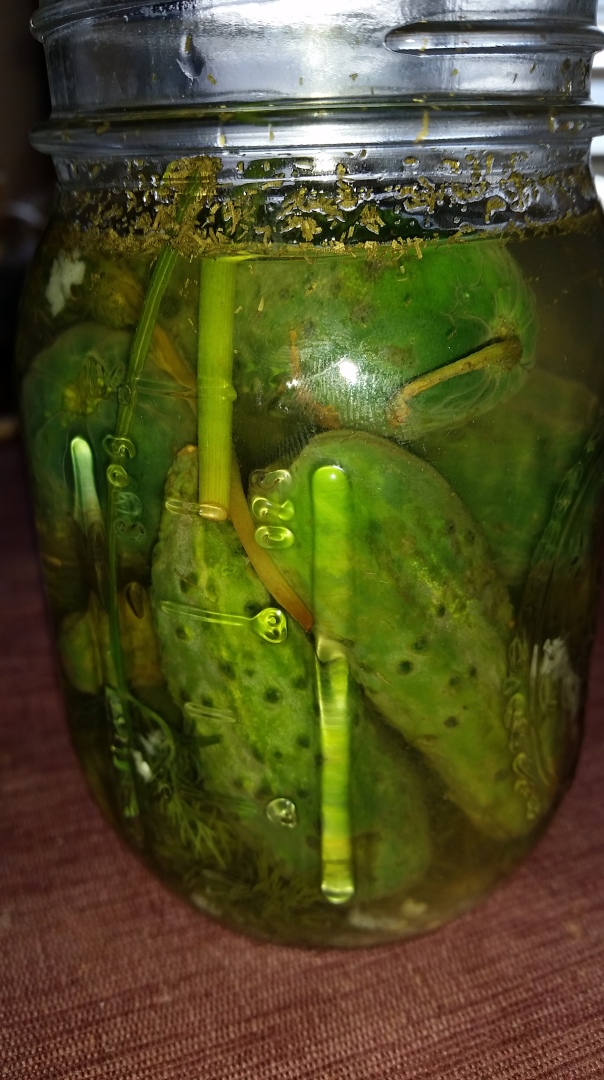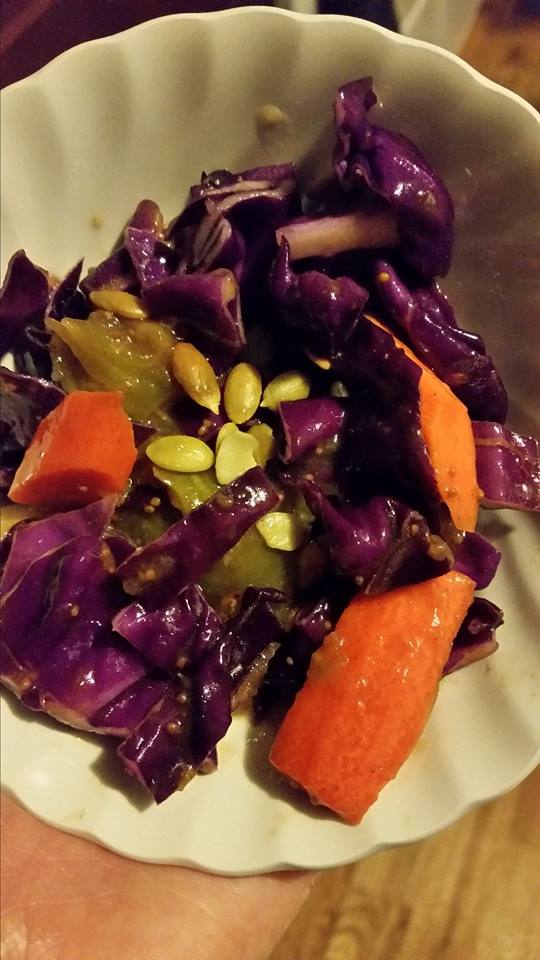This has been one of the most popular recipe requests by my friends and colleagues.
Many recipes for curry have been developed. Although this is not a known fact, I imagine the variations have originated out of different villages across the various areas in which it curry, as the dish we now know it, was popularized.
In my brief research, I learned that the term “curry” may be more “Americanized” (or influenced by regions such as Britain) to designate a certain dish itself versus a cuisine type. More can be found from the links at the bottom of this post.
Similar to many culinary connoisseurs before me have done, I have taken the guidance of others, tried it in the kitchen, and adjusted to develop my craft.
Although I experiment with different variations and adjust for the occasion, my most common go to is Red, Spicy, & Basil Vegetable!
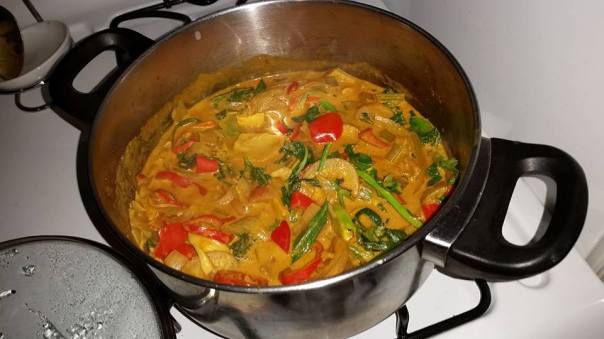
As many of you may already know, I am a conscientious cook. My goals are healthful (nutrient dense and balanced), non- or minimally processed, additive free, eco-/sustainable, and, when possible, locally sourced. Of course operating in this way is a craft in itself.
For curry, I have settled on culinary coconut cream (milk). Right now I know of one who makes it; So Delicious Dairy Free. The option isn’t 100% in line with the standards above, but its the best I can find with the most desired outcome for consistency. It comes in a small carton; http://sodeliciousdairyfree.com/products/culinary-coconut-milk.
Otherwise, I rely on organic spices and produce. (Check out Mountain Rose Herbs for a beautiful array of bulk, organic spices!)
This recipe can be scaled up. I find the measurements below make 3-4 hearty dishes.
- 1 carton of culinary coconut milk
- 1-2 tbs of coconut oil
- approx. 1/4 C vegetable broth
- 3 tbs paprika
- 1 tbs each turmeric, cumin, black pepper, garlic powder, & red pepper flakes (optional)
- 2 tbsp dried ginger (can use grated fresh if preferred/available)
- 1 tbsp dried oregano
- 1 tbsp of salt, pink Himalayan or sea salt
- 1 medium white onion, thinly sliced or diced
- 4-5 fresh garlic cloves, minced or chopped
- 1-2 cups of chopped fresh vegetables of choice (Really, any can work, but I prefer broccoli, peppers, carrots, and mushrooms most. Sugar snap peas are also a commonly used option for this style of dish. A mix of hot & mild peppers is in the photo. I have also been known to thrown in other assortments that I need to use up, such as a turnip, radish, or handful of spinach at the end of the cooking process).
- 1-2 healthy handfuls of fresh basil, chop if needed
- 1-2 sprigs of fresh parsley, curly preferred and chopped as needed
- 2-3 fresh green onions or chives, finely chopped
- 1 C dried quinoa (which will be cooked according to your preference)
This may seem like a lot of spices and herbs, but trust me, spice makes the dish! I recommend pre-measuring the dried spices and salt out in a small bowl, mixing them together in advance. Then, they will all be added in one step during the cooking process. Another option is to make a curry paste with the fresh garlic minced and dried spices. This version will include a healthy dose of olive oil which I often skip for this recipe version. If possible, I avoid heating olive oil.
Start with a larger pot and the burner on low. I have a gas stove and need to use the absolute lowest setting. Add at least 1 tbs of the coconut oil and allow to melt. Then, add the onions. Don’t allow the coconut oil to get too hot or it will pop when you add the onions. Add the remainder of the coconut oil as needed.
Allow the onions to soften approximately 40-50%. They will just be starting to turn glass like in appearance. At this point, you will want to stage your vegetables by desired cook time (including the fresh garlic). For example, carrots take longer than broccoli and peppers. This is also when to start adding the vegetable broth. Adjust as needed, but you shouldn’t need much because the fresh vegetables will have their own moisture. Use just enough to keep the mixture moist and not charred or dry. Stir periodically and cover as needed.
Once the vegetables are approximately 75% tender, you can add the spices and coconut milk. Stir! Allow the mixture to begin to bubble slightly, then turn the burner off and add the fresh Basil, Parsley, and Green Onions. Put the lid on for a 1-3 minutes, then you are ready to serve over the cooked quinoa.
For an Autumn twist, swap out the quinoa base for cooked squash. If using squash for a base, you might also sweeten the pot with 1 tbsp cinnamon and 1/4 tbsp each of nutmeg & clove. Some also prefer to add chick peas or lentils.
The cooking process should take approximately 20 minutes or less. The variance will be due to your choice of vegetables.
Ladle out the curry and vegetables over your base to serve. Sit back, enjoy!
A little more on “curry” –
http://www.bbc.co.uk/food/0/24432750
Pin Posts
Ashley L Arnold, MBA, MPH is a lifestyle health educator and coach who supports clients to channel authority over their health, well-being, and overall vitality. Offering health education approaches and 1-on-1 coaching modules, she gets them out of excess weeds of information and inconsistent practices that don’t get desired results. Through helping people focus on the right applications paired with appropriate consideration for bio-individual facets, they become stronger, more confident self-advocates for their health. Bottom line, they will surpass challenges, embrace healthful living with ease, and, best of all, feel a greater sense of empowerment and more energy!


